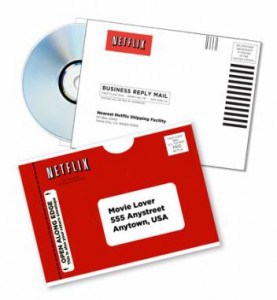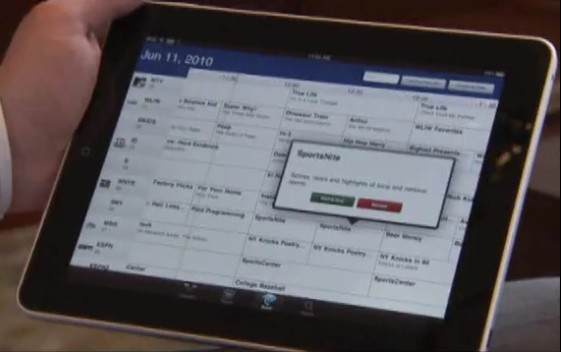Netflix, which has seen its Canadian streaming-only video service welcomed with usage cap reductions by Rogers Cable, has finally started to wake up to the threat its online video business model is one speed throttle or usage cap away from oblivion.
As the video rental company now contemplates launching a streaming-only version of its service in the United States, it has now firmly waded into the Net Neutrality debate. In a filing earlier this month, Netflix impressed upon the Federal Communications Commission the importance of prohibiting providers from establishing blockades to keep its competing video service from threatening cable-TV revenue:
“The Commission must assure that specialized services do not, in effect, transform the public Internet into a private network in which access is not open but is controlled by the network operator, and innovative Internet-based enterprises are permitted effective access to their consumers only if the enterprises pay network operators unreasonable fees or are otherwise seen by such network operators as not threatening a competitive venture.”
Netflix online video packs a real wallop, as Americans embraces the service as a suitable and cheaper replacement for premium cable movie channels.
Sandvine, which pitches “network management” products to the broadband industry, reported Netflix now represents more than 20 percent of all downstream broadband traffic in the United States during peak usage times between 8-10pm.
The company’s financial results seem to affirm its growing impact as an online video entertainment player. The Washington Post reports in the third quarter, Netflix saw a 52 percent gain in subscribers to 16.9 million. Revenue increased 31 percent to $553 million. But most interesting: 66 percent of subscribers watched more than 15 minutes of streaming video compared with 41 percent during the same period last year. The company predicted Wednesday that in the fourth quarter, a majority of Netflix subscribers would watch more content streamed from the Web on Netflix than on DVD.
That prompted CEO Reed Hastings to say Netflix should now be considered a streaming company that also offers DVD-by-mail service.
If providers launch Internet Overcharging schemes that limit broadband usage or throttle their competitors to barely usable speeds, that growth could come to an end quicker than the introduction of the next “unfair usage policy.”
Sandvine’s research confirmed something else. As broadband speeds increase, so does usage. In Asia where broadband speeds are dramatically higher than in the United States, Sandvine found median monthly data consumption is close to 12 gigabytes per household compared to 4 gigabytes in North America. And Asians stay very close to their broadband connections, using them on average for almost 5.5 hours per day, compared to just three hours for North Americans.
When one considers the majority of broadband users are only starting to discover online video, those numbers are headed upwards… fast.


 Subscribe
Subscribe


